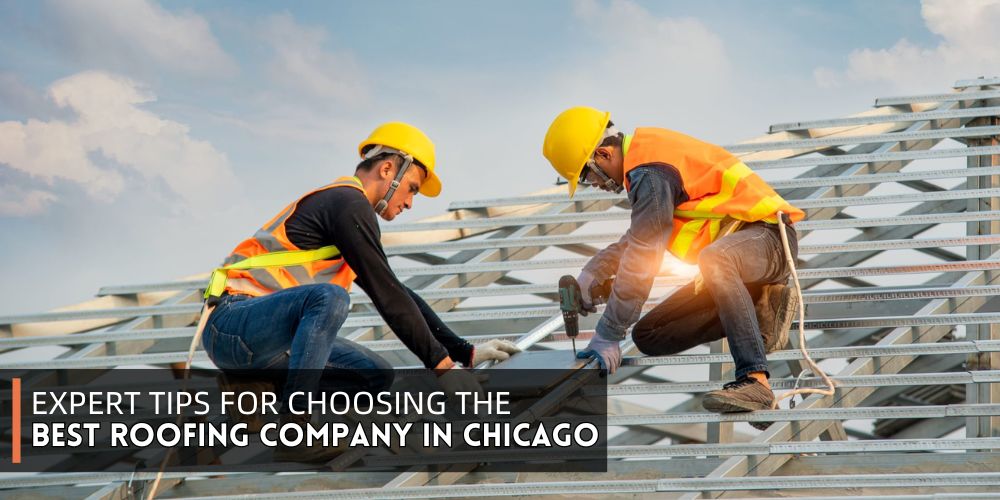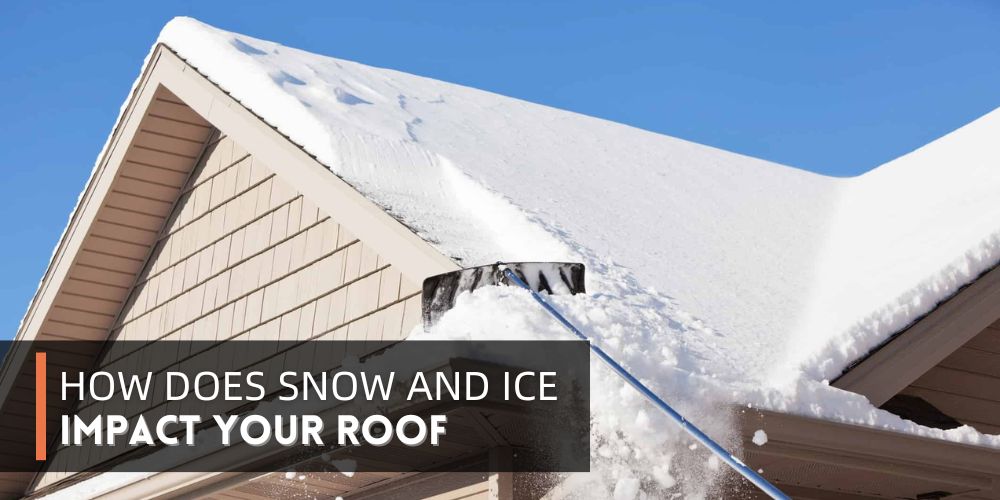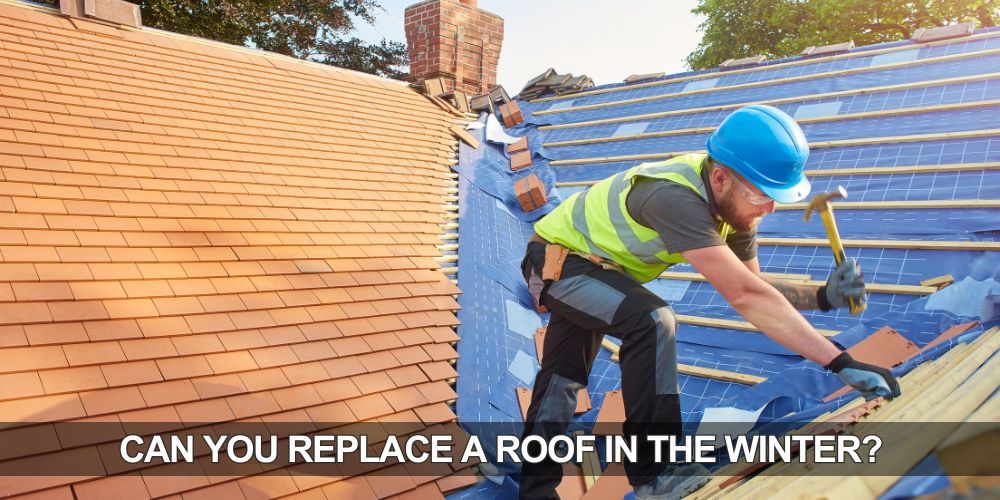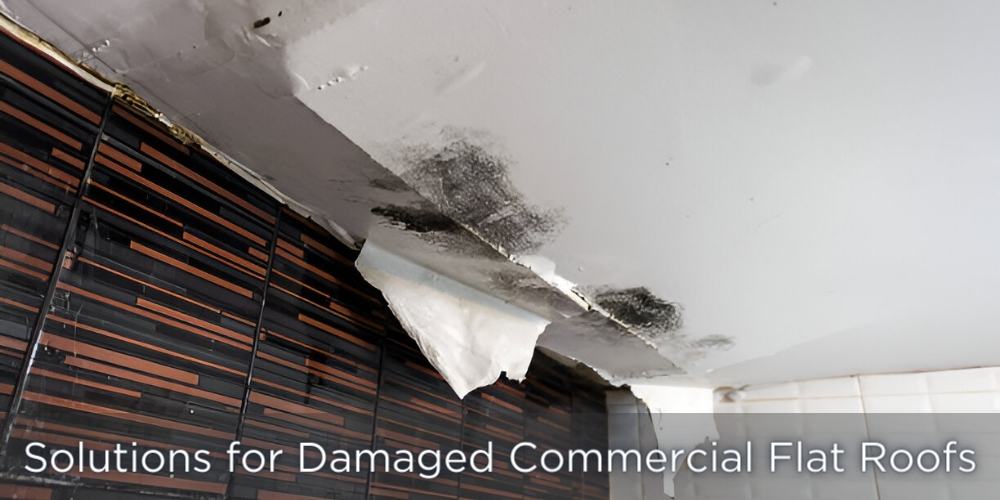
Your roof often gets overlooked, but it plays a critical role in your home. It's important to have a good grasp of how it works. Your roof serves multiple functions, including protecting your home, making it more energy-efficient, and enhancing its appearance from the outside. To truly understand your roof, it's essential to be familiar with its key parts, like the roof deck, underlayment, insulation, flashing, roofing material, and gutters. Each of these components has a specific job in keeping your home safe.
Furthermore, it's crucial to know the lifespan and maintenance needs of your roofing material. Different materials, such as asphalt shingles or metal roofs, have varying lifespans. Having this knowledge allows you to plan ahead for any necessary repairs or replacements.
Additionally, having this information is beneficial when you're talking to roofing professionals. When you're discussing roofing projects with them, understanding the terminology and the different components empowers you to make informed decisions and establish trust with your contractors.
Different Types Of Roofing Materials
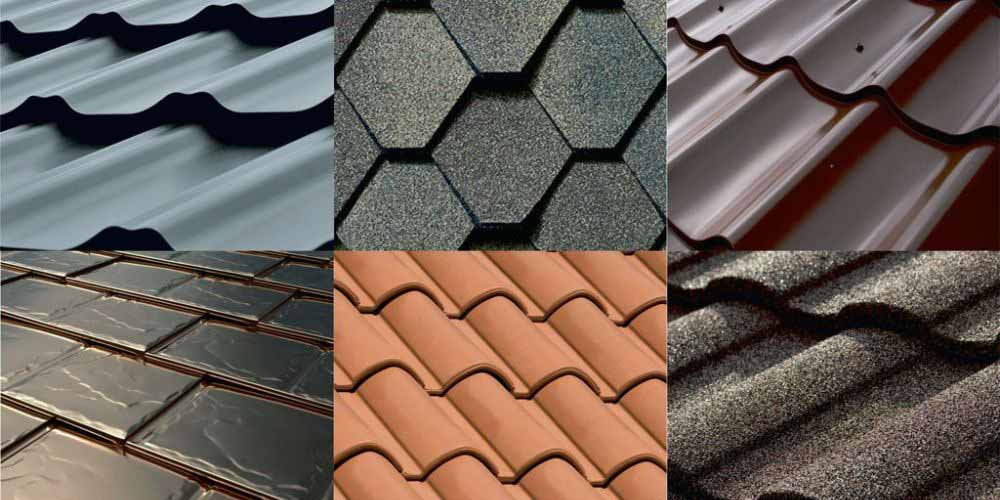
When it comes to choosing the right roofing materials, there's a variety of options to consider, each with its own strengths and weaknesses. Knowing about these different types of roofing materials will help you pick the one that best matches your needs, budget, and the style you want for your roof.
- Asphalt shingles: Asphalt shingles are the most common choice for roofing. They are affordable, easy to install, and come in a wide array of colors and styles. However, they don't last as long as some other materials.
- Metal roofs: Metal roofs are becoming increasingly popular because they are exceptionally durable and energy-efficient. They can endure harsh weather conditions and typically last 50 years or more. While the initial cost might be higher, they can save you money over time due to energy efficiency.
- Slate roofs: Slate roofs are renowned for their beauty and long lifespan. They can last for well over a century and are highly resistant to fire, mold, and pests. Nevertheless, they come at a high cost and require specialized installation.
- Wood shingles or shakes: Wood shingles or shakes offer a natural and rustic appearance for your home. They are environmentally friendly and provide good insulation. However, they need regular upkeep and are susceptible to rot and pests.
- Clay or concrete tiles: Clay or concrete tiles are often seen in the Mediterranean or Spanish-style homes. They are durable, fire-resistant, and offer excellent insulation. However, they are heavy and may necessitate additional structural support.
By gaining insights into the advantages and drawbacks of these various roofing materials, you can make an informed decision based on factors such as how long they last, their cost, their appearance, and the maintenance they require.
Signs Of Roof Damage And When To Call A Professional
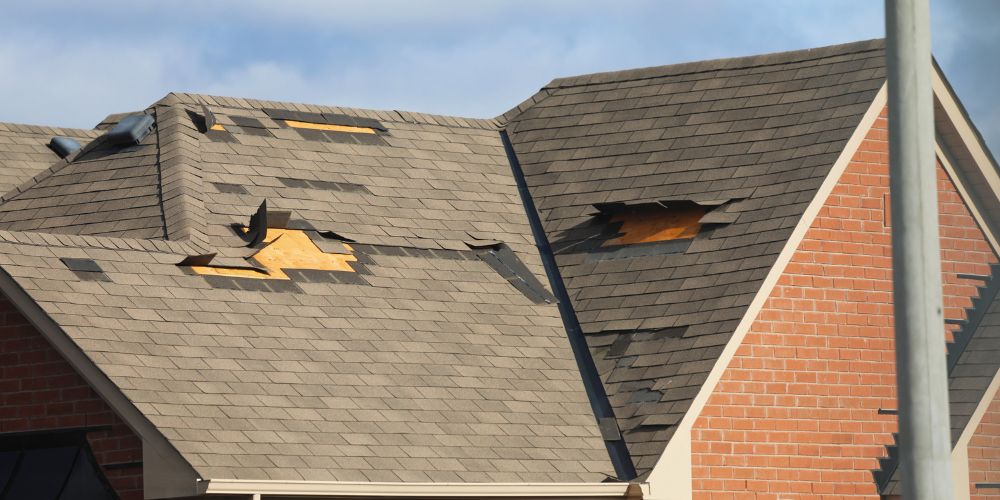
Regularly inspecting your roof for signs of damage is crucial to prevent small issues from turning into costly repairs. Here are some common signs of roof damage that homeowners should be aware of:
- Leaks: Water stains on your ceiling or walls indicate a roof leak. It's important to address leaks promptly to prevent further damage to your home's structure and interior.
- Missing or damaged shingles: If you notice shingles that are cracked, curled, or missing altogether, it's a sign of roof damage. Damaged shingles can expose your roof to water infiltration and should be replaced as soon as possible.
- Granule loss: Asphalt shingles have granules that protect them from the sun's UV rays. If you find excessive granule loss in your gutters or downspouts, it may indicate the need for shingle replacement.
- Sagging roof deck: A sagging roof deck is a serious issue that requires immediate attention. It can be caused by structural damage or excessive weight on the roof, such as from heavy snow or ice.
- Mold or mildew growth: Mold or mildew on your roof or in your attic can indicate poor ventilation or water intrusion. These issues should be addressed promptly to prevent further damage and protect your health.
While some minor roof repairs can be done by homeowners, it's essential to know when to call a professional. If you're unsure about the extent of the damage or don't have the necessary skills and equipment, it's best to leave it to the experts. Professional roofers have the knowledge and experience to assess the damage accurately and provide appropriate solutions.
Diy Roof Maintenance Tips For Homeowners
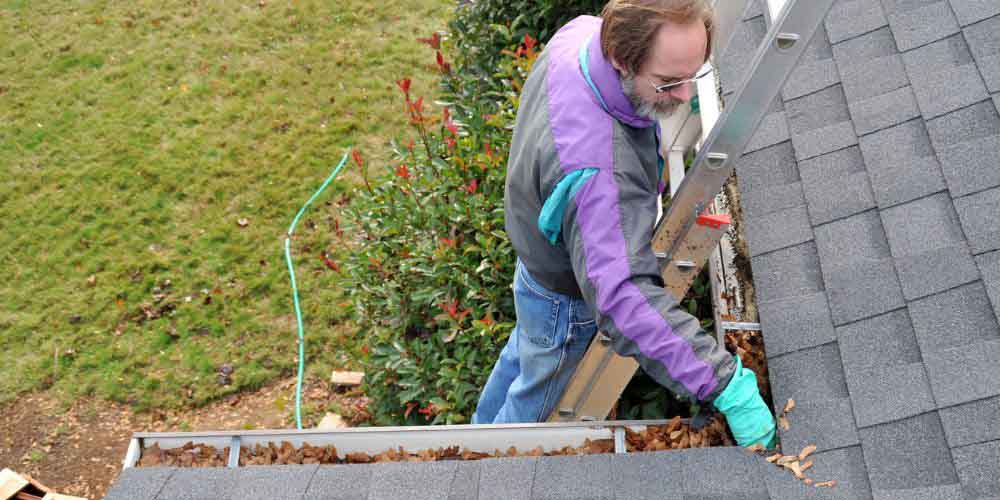
Taking proactive measures to maintain your roof can extend its lifespan and prevent costly repairs. While some tasks require professional expertise, there are several DIY roof maintenance tips that homeowners can implement:
- Regularly clean your gutters: Clogged gutters can lead to water backup, causing damage to your roof and foundation. Clean your gutters at least twice a year and consider installing gutter guards to prevent debris buildup.
- Trim overhanging tree branches: Overhanging tree branches can scrape against your roof and cause damage. Trim branches that are in close proximity to your roof to prevent this risk.
- Remove debris: Clear any debris, such as leaves and twigs, from your roof regularly. Debris can hold moisture and cause rot or mold growth.
- Inspect for moss or algae: Moss or algae growth on your roof can compromise its integrity. Use a solution of water and bleach to remove moss or algae, taking care not to damage the shingles.
- Check for proper ventilation: Adequate roof ventilation is crucial to prevent moisture buildup and maintain the temperature inside your home. Ensure that vents are clear of debris and functioning properly.
It's important to note that while these DIY maintenance tips can help prevent minor issues, regular professional inspections are still necessary. Professional roofers have the expertise to identify potential problems that may not be visible to the untrained eye.
The Benefits Of Regular Roof Inspections
Regular roof inspections are essential for maintaining the longevity and integrity of your roofing system. While it's tempting to wait for visible signs of damage before calling a professional, preventive measures can save you time, money, and stress in the long run. Here are some benefits of regular roof inspections:
- Early detection of issues: Professional roof inspections can identify potential problems before they escalate into major repairs. By catching issues early, you can address them promptly and prevent further damage to your roof and home.
- Extending the lifespan of your roof: Regular maintenance and timely repairs can significantly extend the lifespan of your roof. A well-maintained roof is less likely to suffer from premature deterioration and can save you money on costly replacements.
Validating warranties: Many roofing materials come with warranties that require regular inspections and maintenance. By keeping up with these requirements, you can ensure that your warranty remains valid and take advantage of any potential coverage.
- Enhanced energy efficiency: A properly maintained roof with adequate insulation and ventilation can improve your home's energy efficiency. This translates to lower energy bills and a more comfortable living environment.
- Peace of mind: Knowing that your roof is in good condition provides peace of mind. You can rest assured that your home is protected from the elements and that potential issues are being addressed proactively.
Regular roof inspections should be performed by qualified professionals who have the knowledge and experience to identify potential problems accurately. It's recommended to schedule inspections at least once a year, especially after severe weather events.
Understanding The Roof Replacement Process
Roof replacements are a significant investment for homeowners, but they are sometimes necessary to ensure the safety and longevity of your home. Understanding the roof replacement process can help you navigate this endeavor smoothly.
- Initial assessment: A roofing professional will evaluate the condition of your roof and determine if a replacement is necessary. They will consider factors such as age, extent of damage, and the overall condition of your roofing system.
- Choosing roofing materials: Once a roof replacement is deemed necessary, you'll have the opportunity to choose the roofing material that best fits your needs and preferences. Consider factors such as durability, cost, aesthetics, and maintenance requirements.
- Obtaining permits: Depending on your location, you may need to obtain permits before starting the roof replacement process. Your roofing contractor will guide you through this process and ensure that all necessary permits are obtained.
- Removing the old roof: The existing roofing material will be removed to expose the roof deck. This allows for a thorough inspection of the deck and the identification of any underlying issues that need to be addressed.
- Preparing the roof deck: The roof deck will be inspected for any damage and repaired as necessary. It will also be prepared to receive the new roofing material, which may involve the installation of underlayment or other protective layers.
- Installing the new roof: The new roofing material, whether it's asphalt shingles, metal panels, or another type, will be installed according to the manufacturer's guidelines and industry best practices. This includes proper fastening, sealing, and flashing installation.
- Clean-up and final inspection: Once the roof replacement is complete, the job site will be thoroughly cleaned and any debris removed. A final inspection will be conducted to ensure that the new roof meets quality standards and specifications.
- Warranty and maintenance: Your roofing contractor will provide you with warranty information and guidelines for ongoing maintenance. It's important to follow these recommendations to protect your investment and maintain the validity of any warranties.
The roof replacement process can vary depending on the specifics of your project and your location. It's crucial to work with a reputable roofing contractor who has experience in roof replacements and can guide you through each step of the process.
How To Choose The Right Roofing Contractor
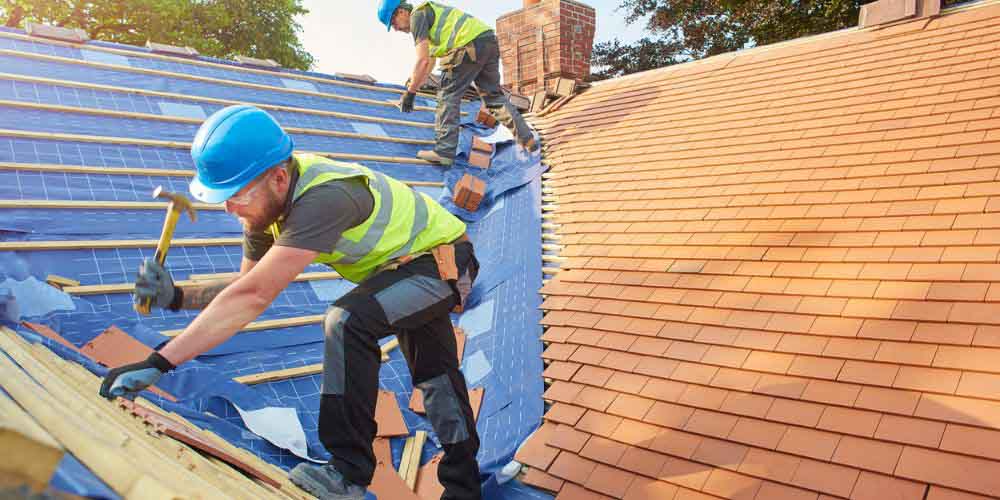
Choosing the right roofing contractor is crucial for the success of your roofing project. The expertise and reliability of the contractor will directly impact the quality of workmanship and the longevity of your roof. Here are some factors to consider when selecting a roofing contractor:
- Experience and reputation: Look for a contractor who has extensive experience in the roofing industry and a good reputation in your community. Ask for references and check online reviews to get a sense of their track record.
- Proper licensing and insurance: Ensure that the contractor holds the necessary licenses and insurance coverage. This protects you from liability in case of accidents or property damage during the project.
- Manufacturer certifications: Some roofing manufacturers offer certifications to contractors who meet specific criteria. Working with a certified contractor ensures that they have the knowledge and skills to install their products correctly.
- Written estimates and contracts: Obtain written estimates from multiple contractors and compare them carefully. The estimate should include details such as the scope of work, materials to be used, timeline, and payment terms. Once you've chosen a contractor, make sure to sign a contract that outlines all these details to protect both parties.
- Warranty and after-sales service: Inquire about the warranty provided by the contractor and the manufacturer of the roofing materials. Understanding the terms and conditions of the warranty will give you peace of mind. Additionally, ask about their after-sales service and if they offer any maintenance programs.
- Communication and professionalism: A good roofing contractor should communicate clearly and promptly. They should be professional in their interactions and address any concerns or questions you may have.
- Local expertise: Working with a local contractor who understands the specific climate and building codes in your area can be beneficial. They are familiar with the challenges and requirements of roofing projects in your region.
Taking the time to research and choose the right roofing contractor will ensure that your project runs smoothly and that you receive a high-quality roof that will last for years to come.
The Cost Of Roofing Repairs And Replacements
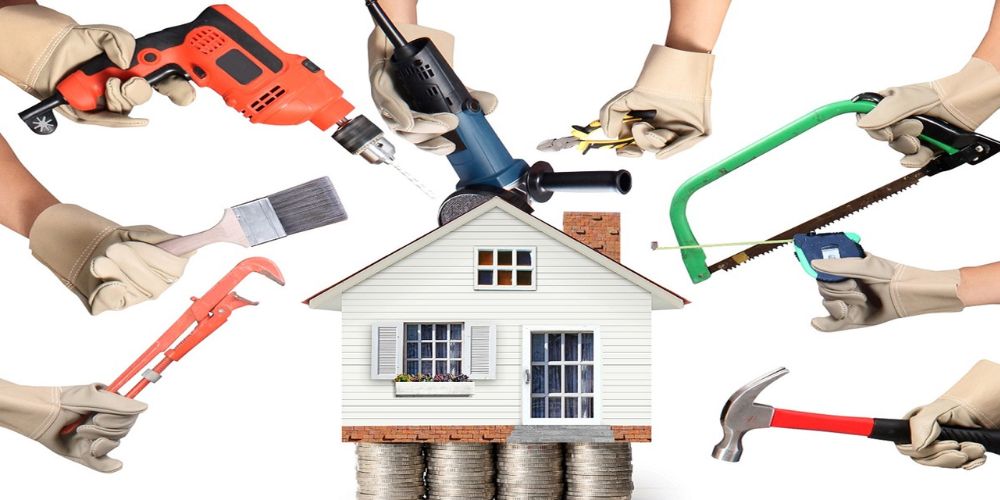
Roofing repairs and replacements can vary significantly in cost depending on several factors. It's important to understand these factors to budget accordingly and make informed decisions about your roofing project.
- Size and complexity of the roof: The size of your roof and its complexity, such as the number of slopes and angles, can affect the cost of repairs or replacement. Larger roofs require more labor and materials, resulting in higher costs.
- Roofing material: The type of roofing material you choose will impact the overall cost. Asphalt shingles are generally more affordable, while materials like slate or metal can be more expensive. Consider the lifespan, maintenance requirements, and long-term cost benefits when selecting a material.
- Accessibility: If your roof is difficult to access, such as a steep slope or a multi-story building, it may require additional safety equipment and labor, increasing the overall cost.
- Underlying damage or repairs: If there is underlying damage to the roof deck or other components, it will add to the cost of repairs or replacement. It's crucial to address these issues to ensure the longevity of your new roof.
Conclusion: Take Care Of Your Roof For A Safe And Secure Home
Your roof serves a vital role beyond just shielding you from the elements; it plays a crucial part in maintaining the overall health and quality of your home. Neglecting proper roof care can result in expensive repairs and compromise the safety and coziness of your living space. This comprehensive guide for homeowners has offered valuable insights on how to better comprehend, maintain, and manage your roofing system effectively.
By becoming familiar with the fundamentals of roofing, learning to identify signs of damage, and gaining knowledge about your roofing material options, you are better prepared to make informed decisions. Regular maintenance, whether done by yourself or by professionals, can prolong your roof's lifespan and prevent significant issues from cropping up.
When it's time for roof repairs or replacements, selecting the right roofing contractor and understanding the associated costs and financing choices are crucial steps in ensuring a successful project. Armed with the correct information and preparation, you can approach your roofing project with confidence.
Always keep in mind that your roof represents an investment in the safety, comfort, and value of your home. Handle it with care, remain vigilant for any signs of damage, and don't hesitate to seek professional help when necessary. By doing so, you can relish a secure and protected home for many years to come, with the assurance that your roof is fully capable of safeguarding everything you hold dear. Ready to enhance the safety and longevity of your roof? Contact the Chicago Roofing Company today for expert roofing services and guidance. Your peace of mind is just a call away!


